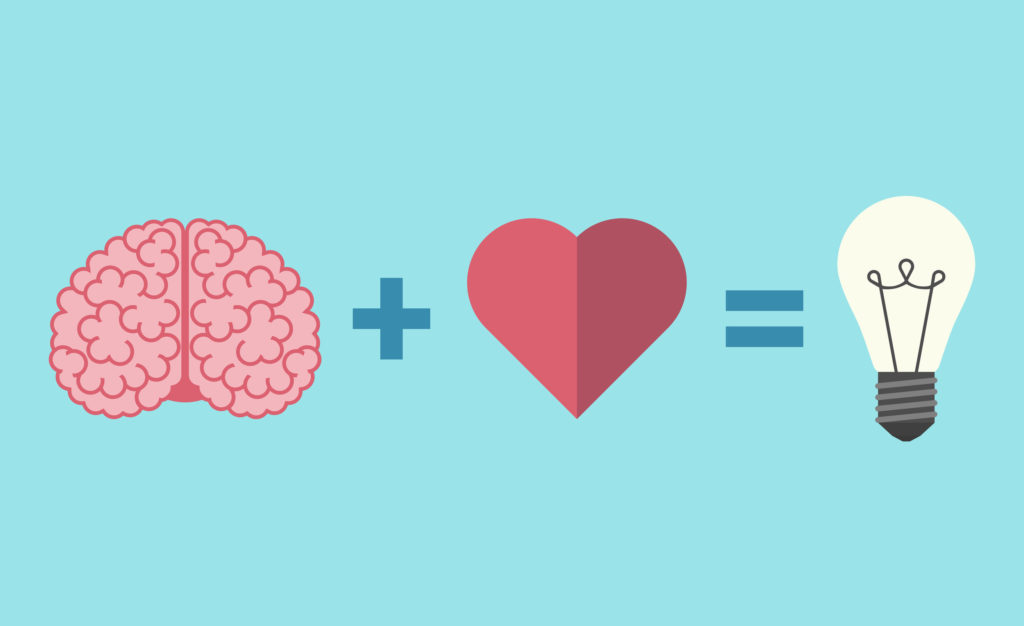
Customers are inundated with choices. Are they are choosing to buy groceries at the local mom-and-pop store versus the chain retailer? Picking up clothes at a high-end retailer versus a massive superstore? Maybe they’re deciding to cut their own grass versus hiring a lawn care company. Customers make choices every single day.
The advent of web-based retail and advertising has only increased the number of choices to be made and the number of options available. If you own a business, whether it is small or large, online-only or brick-and-mortar, you need to reach out to your target audience so that they know you are there and they choose you out of all the other options. Historically, marketing strategies focused on large segments of the population, such as older men, housewives, families, young singles, etc. But recent marketing research has shown the value in appealing to the emotions and feelings that influence purchases — an emotional marketing strategy. Increasingly, businesses are choosing to target marketing strategies on creating an emotional connection with the customer.
What is An Emotional Marketing Strategy?
Emotional marketing strategy is a term that captures a variety of marketing techniques that have one thing in common: they target the audience’s emotions and seek to create an emotional connection with that audience. Research demonstrates that people make decisions based on emotions, not facts. We are not the rational creatures we think we are! No matter how much we may pour over facts and figures before making a purchase, most of us buy with our hearts, not our heads.
We may be able to deliver a speech about why a certain car was the best choice, but the truth of the matter is that we buy the same brand of car that our beloved grandad always did. A good marketing strategy utilizes that information. Instead of persuading the potential buyer with rational reasons to purchase a product or service, you can generate a good feeling through marketing. That’s easy enough to say, but how to actually do it?
Market to the Person, Not the Segment
Use personalized data, when available, to individually market your product or service. If you own a local business, send out individual postcards as a thank you or including a free offer for stopping by the store. If you run a blog, take a survey asking for input on future posts. Follow up by thanking your readers and tailoring future posts to their responses.
Tell a Story
When people hear an emotionally charged story they generate strong memories about it. Marketing strategies that tell a story create a memory in the customer’s mind. That memory is associated with the product or service in question. This connection is the goal of so many commercials. While the commercial may not overtly advertise the product, the consumer associates the product with this emotional memory of the story.
Use Images
People remember pictures more than words. A good graphic will stick in the customer’s mind much longer than a well-crafted sentence. Use striking images and graphs where appropriate.
Social Media
Humans are social creatures We inherently rely on the judgment and experience of others when making our own decisions. Use that to your advantage by seeking out reviews and testimonials on social media and posting positive feedback.

